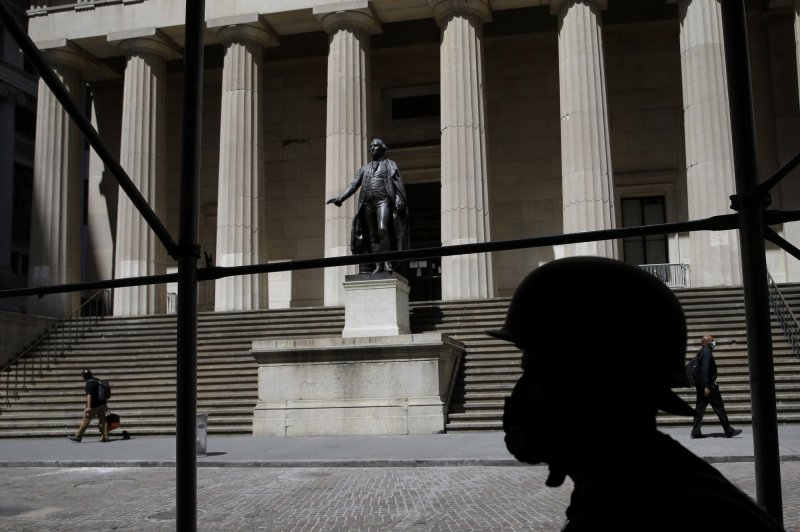Opinion by Saad Quayyum and Roland Kangni Kpodar for CNN Business Perspectives

Just as Covid-19 has disproportionately impacted some communities more than others, globally, the virus has had an oversized negative impact on migrant workers.
Perhaps surprisingly, despite the bleak experience for foreign overseas workers during the pandemic, the effect on remittances — the flow of money they send back home — has, in many cases, proven resilient. But that trend may yet be upended.
The predicament of migrant workers over the last few months has highlighted the pressing need — now greater than ever — to support them and their families back home.
In the wake of the pandemic, many overseas foreign workers lost their jobs, and reports were widespread of newly laid-off foreign employees stranded in host countries without the means to return home.
Migrants, many of whom are undocumented, often face a heavier burden than a local worker once they lose their job. They often lack access to social safety nets or stimulus checks, which provide a cushion to their local counterparts. This is especially the case for the undocumented or those on temporary work visas
At the same time, many migrant workers have limited or no access to health care. Crowded living quarters, together with poor working conditions, put them at higher risk of contracting the virus.
They may also live in fear of deportation as several countries have tightened immigration rules in the wake of the coronavirus outbreak.
Outlook for remittances
It's unsurprising then that remittances were expected to take a hit from the pandemic as countries that employ large numbers of foreign workers moved into recession. In addition, the hundreds of thousands of migrant workers employed in major oil-producing countries also suffered repercussions from the drop in oil prices, which weighed down the outlook of Gulf Cooperation Council countries and Russia.
The remittances sent back by migrants are a crucial source of external financing. In 57 countries, it exceeded 5% of GDP last year. The money went mostly to low-income households.
Against the background of the current health crisis, the need for that income is acute.
Back in April, the World Bank estimated that remittances would fall by 20% in low and middle-income countries.
Despite the coronavirus and its likely impact on remittances, the picture is not unconditionally bleak. Remittances often hold up in response to adverse shocks in recipient countries. This possibly explains why they were surprisingly resilient in many countries in the first half of the year.
While there is a great deal of diversity, remittances largely fell from March, then started to stabilize in May before picking up. This pattern was broadly in line with the stringency of virus containment policies in advanced countries where strict measures were put in place in March and slowly relaxed starting in May.
The bounce back in remittances could be driven by a greater need to send money back to families as the remittance-receiving countries now struggle with the pandemic and collapse in external demand.
But, if migrants are dipping into their meager savings to support families back home, this may not be sustainable over time, especially if the recession in host economies becomes protracted. A second outbreak of the coronavirus in the latter part of the year in host economies, for example, could jeopardize remittance flows further.
Now more than ever, adequate and timely policy responses from both remittance-sending and remittance-receiving countries are critical to help migrant workers. Overseas workers often fill essential roles — in health care, agriculture, food production and processing — and often risk their lives to perform these jobs.
Solutions
Host countries could ensure all migrants have access to health care, and basic goods and services. There have been some positive steps in this area: All migrants and asylum-seekers were temporarily granted citizenship rights in Portugal. Italy announced plans for temporary work permits for more than half a million undocumented migrants deemed essential for harvesting crops and caring for the elderly. The State of California has contributed $75 million to a $125 million fund to provide $500 to support each undocumented worker.
Back home, authorities in countries that send workers overseas could step up support to vulnerable households, especially in those countries where the drop in remittances has been more severe. As remittances dry up, well-targeted cash transfers and food aid can be especially helpful to protect poor households, and those at risk of falling back into poverty.
Returning migrants may need training to be reabsorbed in the labor market. Access to credit can help them start a business where opportunities in the formal labor market is limited.
Technology could also be leveraged to the benefit of migrant workers and their families. For example, digital technology and mobile payment systems could be used to facilitate and lower the cost of sending and receiving remittances. The average cost of sending remittances was about 7% in the first quarter of 2020. Reducing this cost now would return a significant amount of money to the poor.
Governments could modify regulations to facilitate flows while minimizing risks of inappropriate use. Relaxing caps on how much can be transferred digitally (through mobile phones for example) can be helpful.

























